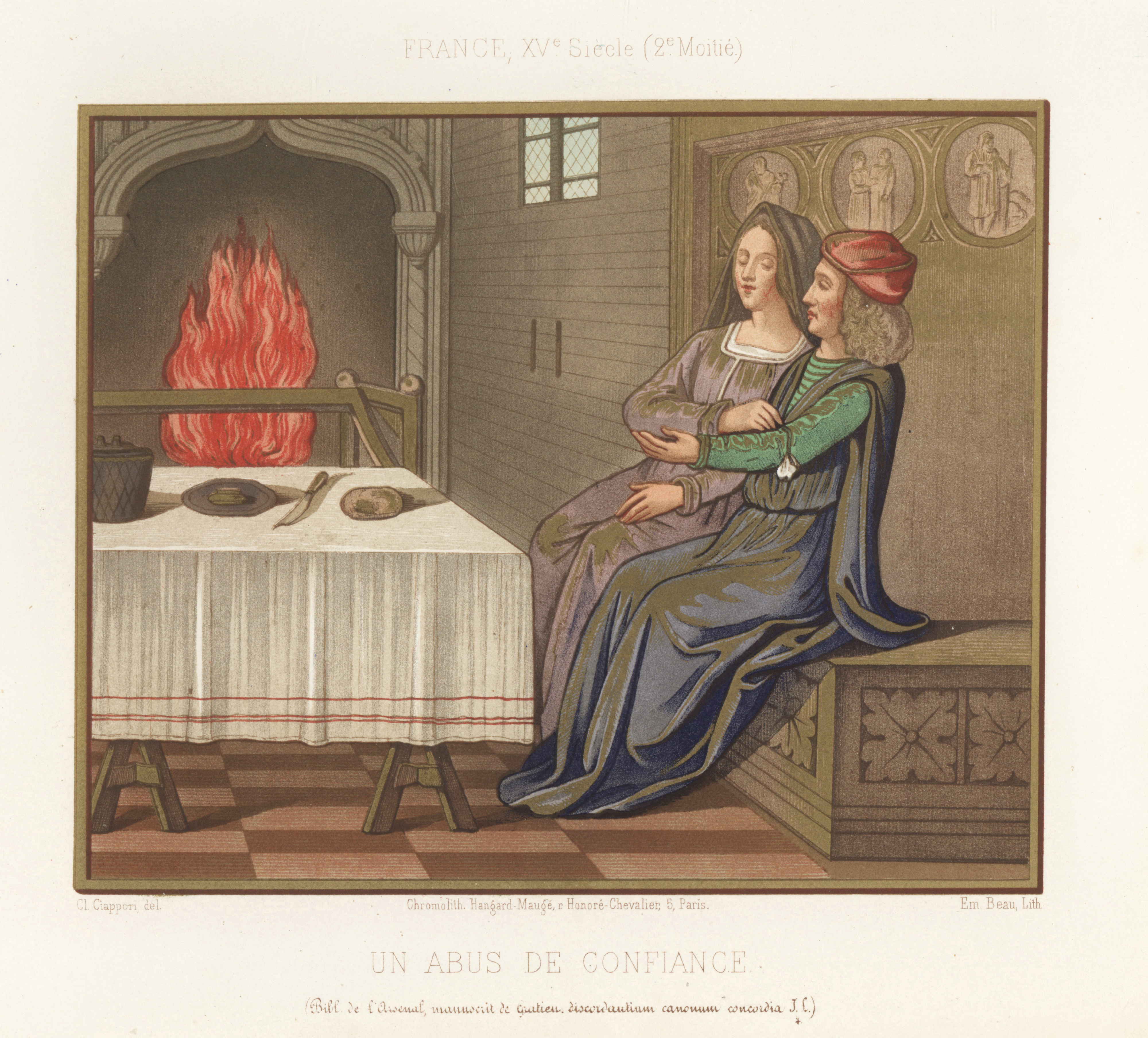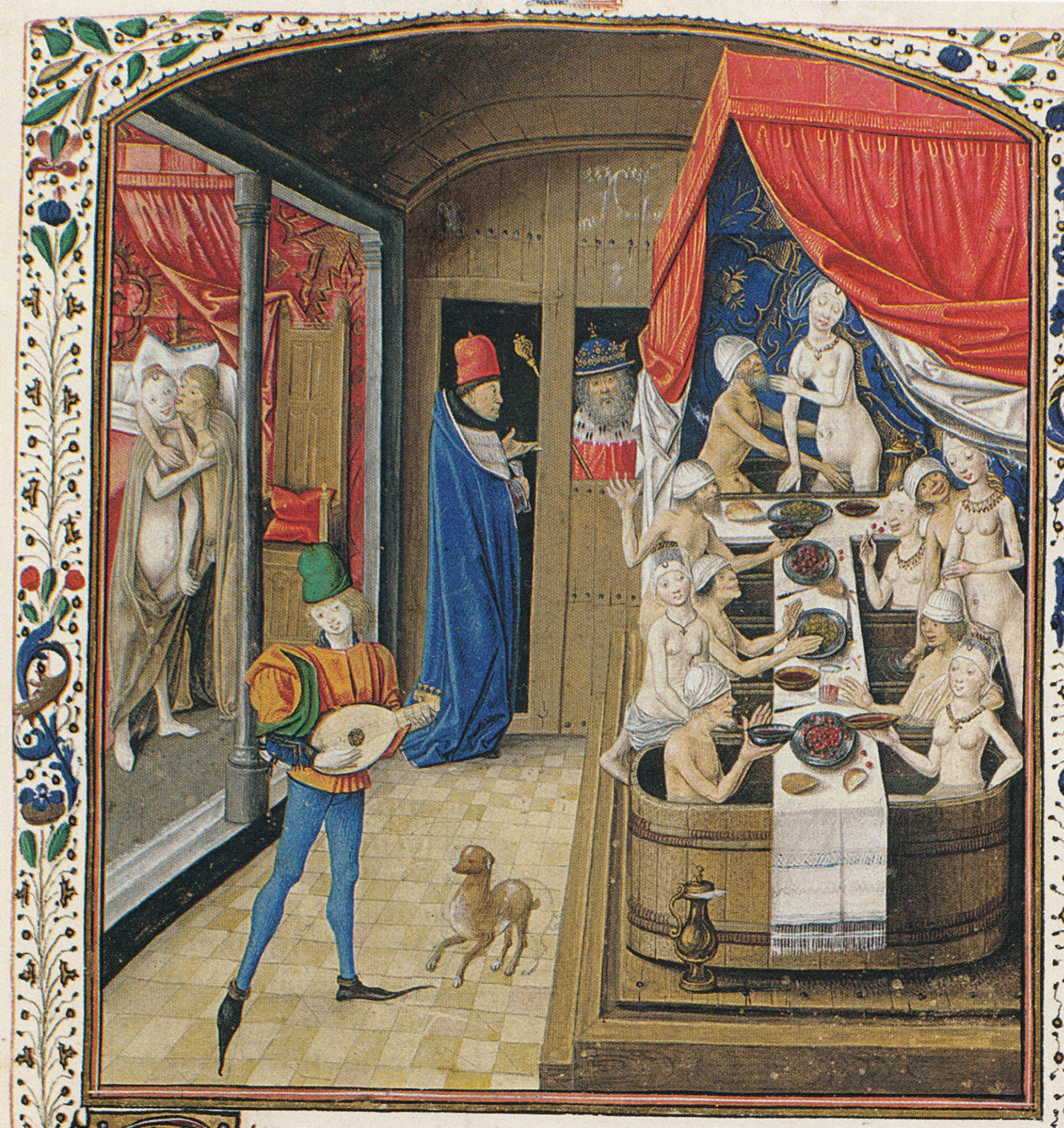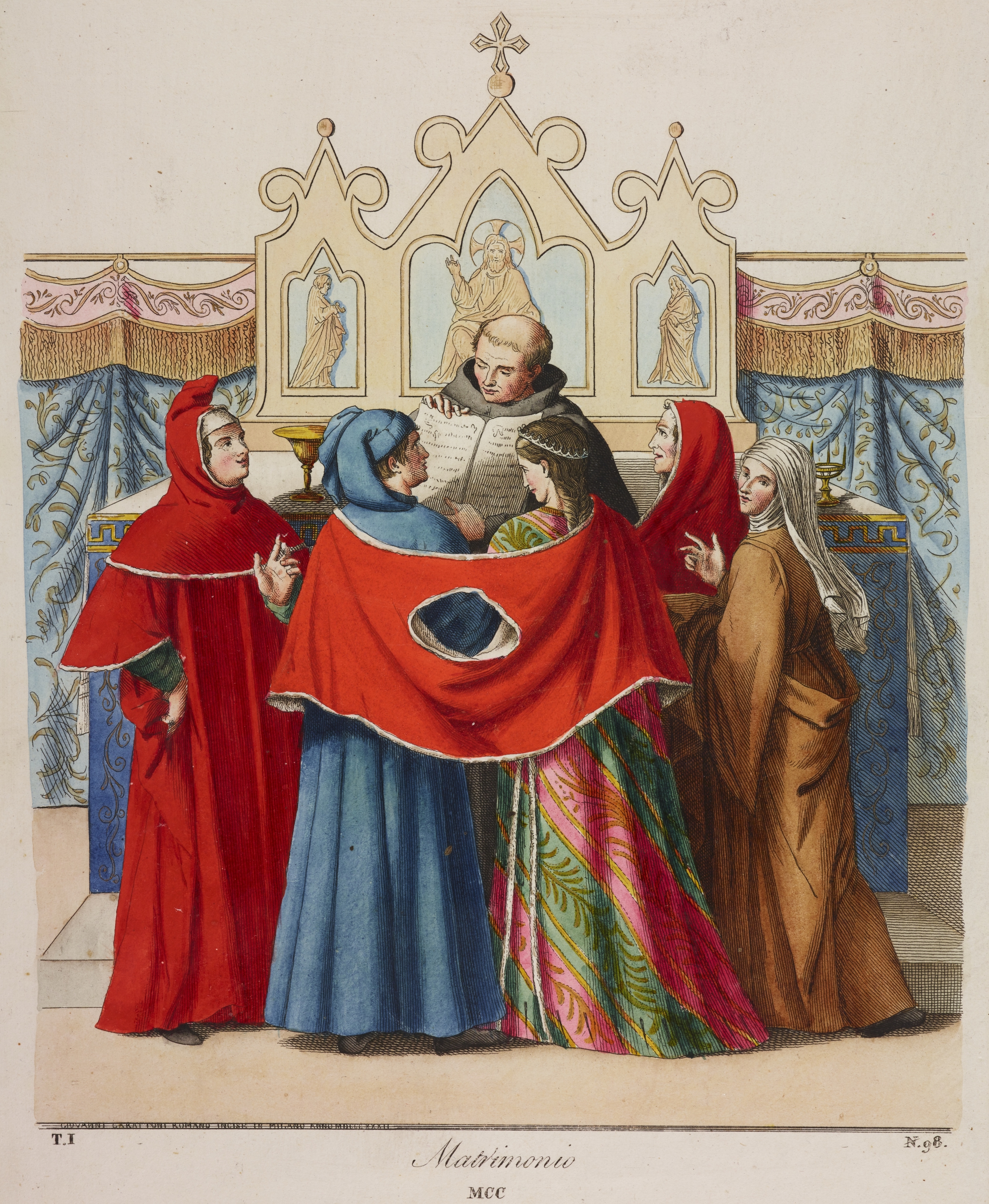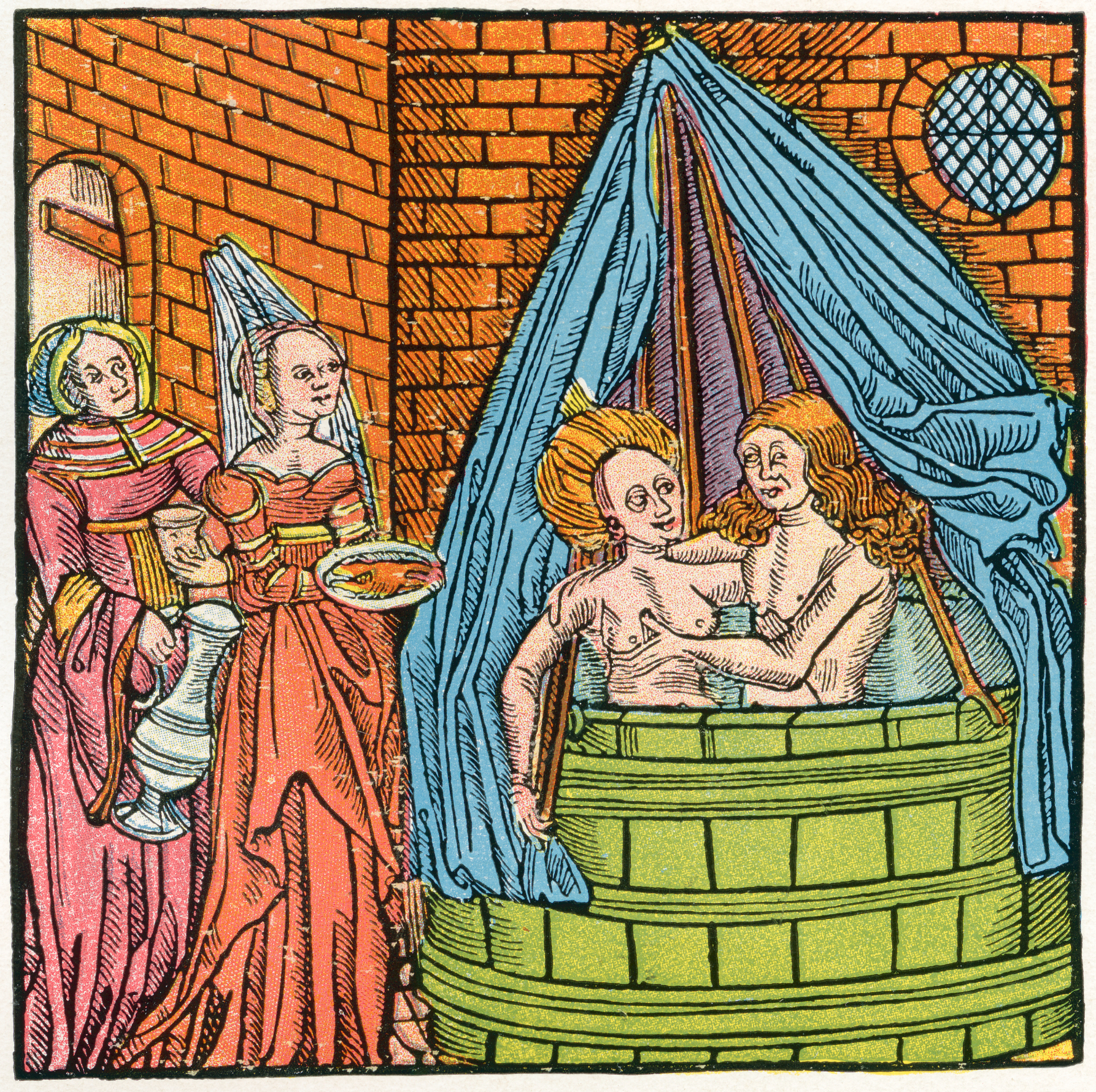Back in the Middle Ages, roughly between 476 and 1450 A.D., life was heavily influenced by the rules set by the church. The church wasn’t just a place of worship; it was a powerful institution that controlled many aspects of daily life. According to the World History Encyclopedia, the church was considered the earthly presence of God, and its rules were seen as the will of God, meaning they weren’t to be questioned.
During this time, priests used “penitentials,” which were essentially guides to help them determine how much penance someone should do after a sin. These penitentials often listed sins and the corresponding penances, such as fasting, giving alms, or even secluding oneself in a monastery.
Here are 12 of the most restrictive and wild sex-related rules that Medieval Christians were expected to follow:
Something as small as a certain look might require a 40-day penance.

Confessing to even thinking about sex meant someone would have to do penance.
The Penitential of Cummean says, “He who for a long time is lured by imagination to commit fornication and repels the thought too gently shall do penance for one or two or more days, according to the duration of the imagination.”
So not only would you need to be wary of someone giving you eyes, but you’d better not think about it afterward — and if you did, you’d better repel your own thoughts as soon as possible.
Wanting sex but not being able to have it could earn you a year of penance.

Simply imagining the act with a crush was problematic, too.
The Penitential of Theodore says, “He who loves a woman in his mind shall seek pardon from God; but if he has spoken [to her], that is, of love and friendship, but is not received by her, he shall do penance for seven days.”
Is there anything worse than being rejected by your crush only to have to ask for forgiveness from God about it afterward?
Of course, thinking about sex was akin to dreaming about sex, which was, unsurprisingly, also not allowed.

People were not supposed to do any sexual acts that weren’t intended explicitly for procreation…this includes mouth stuff.

The Penitential of Theodore considers “Qui semen in os miserit” (translation via translate.com: “He who puts the seed in the mouth”) to be “the worst of evils,” and McNeill and Gamer note that “it was his judgment that both [participants in this offense] shall do penance to the end of life; or twelve years; or as above seven.”
This meant no sexual acts were meant to be performed alone, either.
“If she practices solitary vice, she shall do penance for the same period,” says The Penitential of Theodore.
The church expected only heterosexual sex between married partners.

Even if a couple was married and attempting to procreate as the church decreed, there were still a lot of restrictions around their sex life.

The Penitential of Finnian says, “Married people, then, must mutually abstain during three forty-day periods in each single year, by consent for a time, that they may be able to have time for prayer for the salvation of their souls. And on Sunday night or Saturday night, they shall mutually abstain, and after the wife has conceived, he shall not have intercourse with her until she has borne her child, and they shall come together again for this purpose.”
The Penitential of Theodore says, “He who has intercourse on the Lord’s day shall seek pardon from God and do penance for one or two or three days.”
And The Penitential of Cummean says, “He who is in a state of matrimony ought to be continent during the three forty-day periods and on Saturday and on Sunday, night and day, and in the two appointed weekdays, and after conception, and during the entire menstrual period.”
Got it. No sex on Saturdays or Sundays, or for some random 40-day period three times throughout the year, or while pregnant. Plus, two other appointed weekdays and any time someone is menstruating.
Anyone who didn’t follow at least some rules of abstinence within their marriage was considered a sinner.

The Penitential of Finnian mandates that there be “continence in marriage, since marriage without continence is not lawful, but sin, and marriage is permitted by the authority of God not for lust but for the sake of children.”
And The Penitential of Cummean adds, “After a birth he shall abstain, if it is a son, for thirty-three [days]; if a daughter, for sixty-six [days].”
What can we say? Our man Cummean loves an abstention period.
The Penitential of Finnian says, “If anyone has a barren wife, he shall not put away his wife because of her barrenness, but they shall both dwell in continence and be blessed if they persevere in chastity of body until God pronounces a true and just judgment upon them.”
So at some point, if you were unable to conceive, you’d be expected to just be abstinent forever — which doesn’t really seem like it’d be particularly helpful. But at least that meant a woman wouldn’t be “put away,” which is giving Edward Rochester in Jane Eyre vibes.

